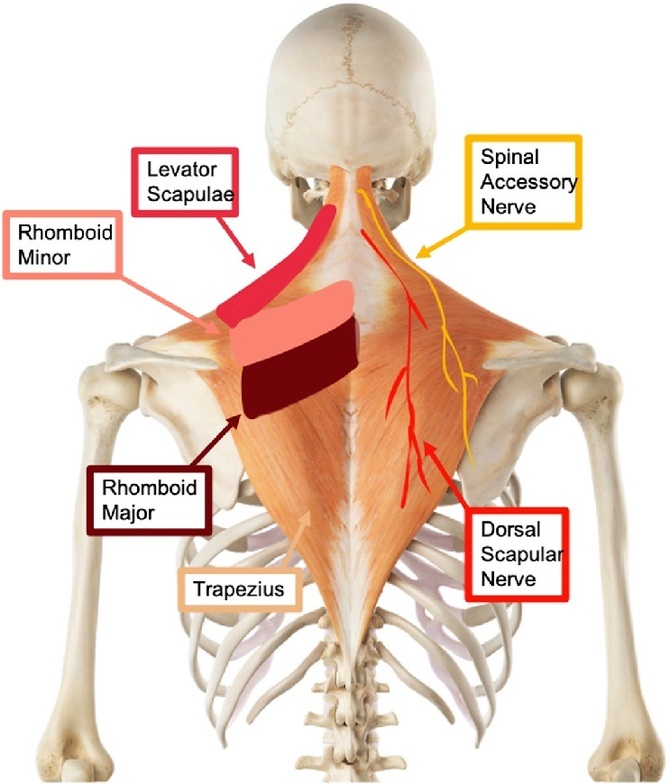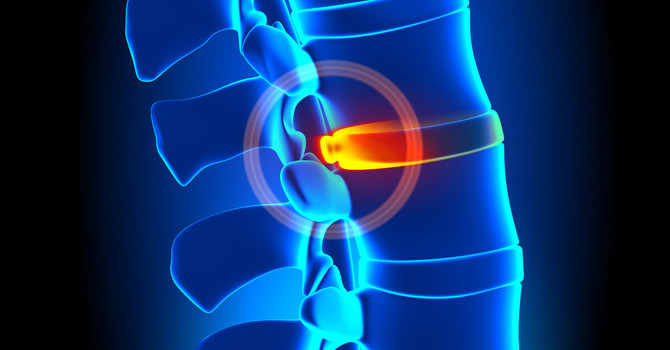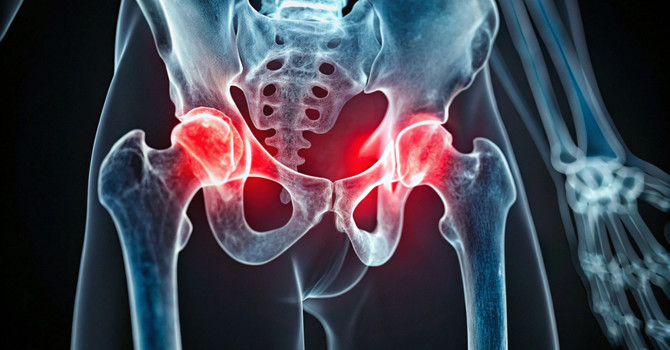
That Knot in Your Shoulder That Never Goes AwayYou know the one.
That deep, stubborn tightness between your neck and shoulder that feels like it’s been welded in place.
You’ve stretched it.
You’ve smashed it with a lacrosse ball.
You’ve done the Theracane thing.
You’ve been needled, adjusted, scraped, and strengthened.
You’ve probably even tried meditation, hoping it would let go.
And it’s still there.
By the end of every day your shoulders are up near your ears. You rub that same spot again and again. Maybe it’s even starting to cause headaches, or that constant “crick in the neck” feeling that never really goes away. Sitting at your desk is harder than it used to be. You try another massage, and it feels better for a few days. Then it’s back.
We see this every single week at Resolve Soft Tissue and Spine in Charlotte.
Why It Keeps Coming Back
Most people are told that chronic neck and shoulder tension is just tight muscles or bad posture. When pain has lasted more than six months and hasn’t responded to physical therapy, chiropractic care, massage, or dry needling, there’s almost always something deeper going on.
That “something” is usually adhesion.
Adhesion is a sticky, scar-like buildup that forms between muscles, fascia, and sometimes even nerves. When your tissues are healthy, they glide past each other easily. When adhesion forms, they start sticking together.
Once that happens, muscles like your upper trapezius and levator scapulae have to overwork just to hold your head up or move your shoulder. Over time, your nervous system keeps those muscles locked in protection mode. That’s why your shoulders feel like they’re always “on,” even when you’re trying to relax.
The Hidden Nerve Piece Most People Miss
Adhesions don’t just limit motion. They can also trap nerves.
Two common nerves we see involved in chronic neck and shoulder pain are:
The spinal accessory nerve. It runs right through the upper trapezius and can cause that deep knot or tight band that radiates into the head or shoulder blade.
The dorsal scapular nerve. It travels along the inner border of the shoulder blade and often causes that sharp ache or “crick” near the neck and upper back.
When either of these nerves gets stuck in adhesion, the muscles around them stay tense as protection. That’s why the relief from stretching or massage doesn’t last. The deeper restriction never gets addressed.
How Adhesion Release Methods Is Different
Most treatments focus on relaxing muscles or mobilizing joints. Adhesion Release Methods (ARM) focus on finding and fixing the adhesion itself.
ARM providers are trained to:
- Find the exact tissue that’s stuck using detailed motion testing and hands-on assessment.
- Physically break down adhesion layer by layer so muscles and nerves can slide freely again.
- Retest every visit so you can see and feel progress as it happens.
We follow something called the Five-Visit Rule. If you don’t experience measurable progress within five treatments, we stop and reassess. There’s no guessing.
When adhesion is the real problem and it’s released correctly, relief comes fast and lasts.
What to Expect at Resolve
At Resolve STS, we only take on chronic cases that haven’t responded to other care. Every new patient starts with a consultation.
If it’s not adhesion, you’ll know right away. If it is, you’ll understand exactly what needs to happen to fix it.
Is This You?
You’ve been told it’s just tension.
You’ve done everything right.
You’re ready for something that actually works and lasts.This is exactly what we do at Resolve Soft Tissue and Spine.Let’s see if adhesion is what’s keeping you stuck.
Click here to get some answers and schedule your consultation!

Zac Breedlove
Contact Me



